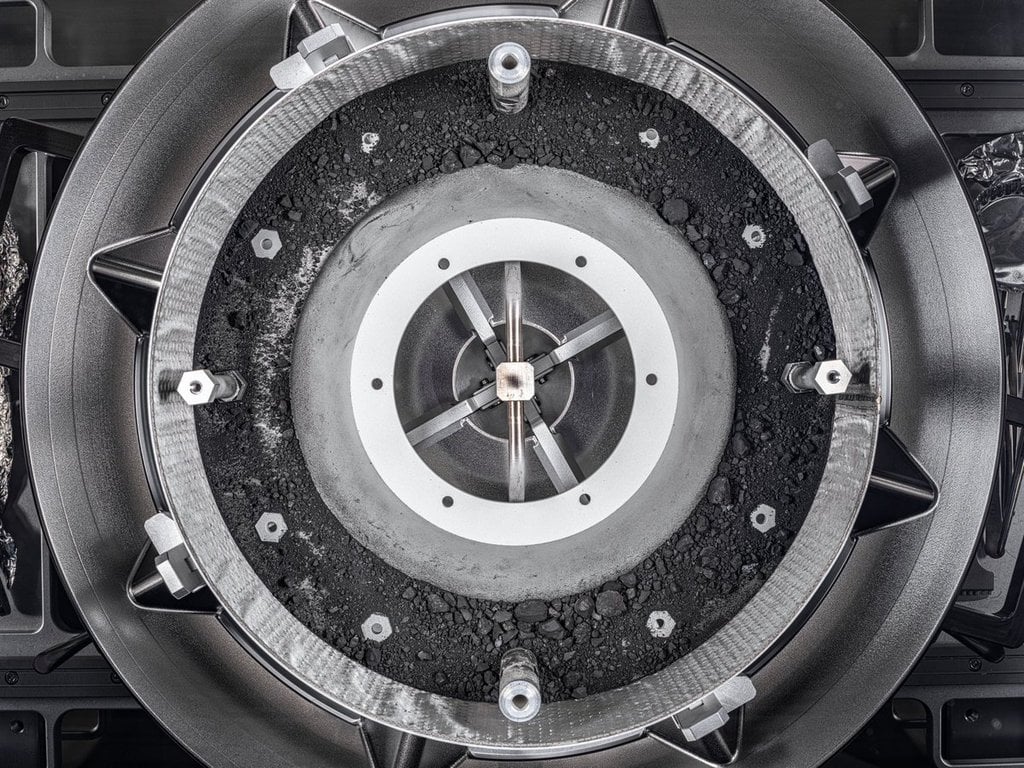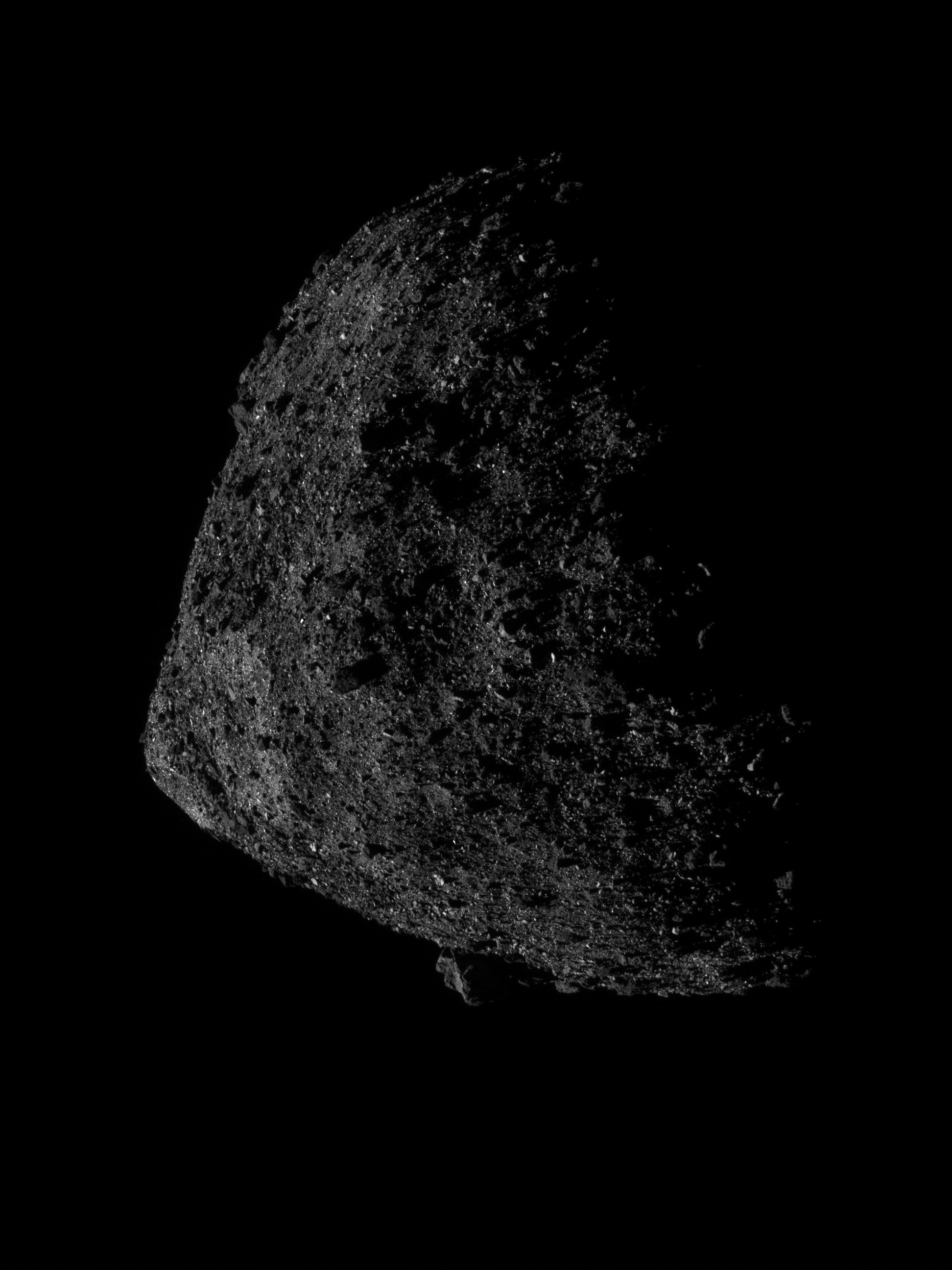
A NASA capsule that returned to Earth last September was very special because the probe was returning from a unique space mission. It was sent into space to make contact with an asteroid, collect material, and bring it home for analysis. Now, sometime after the bumpy but successful return of the probe, scientists have managed to open the container and check out the sample for the first time.
NASA Opened the Main OSIRIS-REx Container
It took scientists four months to open the canister safely and with precision. All the patience and waiting was worth it. While this main sample was just made available, the team at NASA had already found some material from the asteroid that had unintentionally arrived with the return capsule. It was already on display and examined by researchers. This time, the head of the canister named the Touch-And-Go Sample Acquisition Mechanism was unsealed.
The problem with the opening of the main capsule was due to two of the 35 fasteners keeping it closed malfunctioning and holding the lock. After some incredible work, the fasteners were dislodged, and the mission finally yielded fruit. The NASA team has transferred the asteroid dust into sample trays and will give some of it to scientists around the globe for analysis.
Organic Molecules Are in the Sample
The OSIRIS-REx mission sent a probe to the asteroid Bennu, a carbon-rich rock that goes around the Sun slightly beyond Earth’s orbit. The goal was to get to the asteroid, map its surface to locate a suitable location, and tap it to get material above ground and collect it with a special mechanism. The craft launched on September 8, 2016, arrived at the asteroid in December 2018, and did its job on October 20, 2020, before going for its three-year return trip.

Bennu is an asteroid left from the time before the forming of the Earth, with an age of more than 4.5 billion years. Researchers hope the sample will give them a glimpse of the early solar system and tell them if asteroids introduced water and other ingredients for life to the young Earth. For now, the samples are stored in a special compartment where they are treated with a constant nitrogen flow to prevent the contamination of the sample with Earth’s atmosphere.
The Contents of the Material
To open the canister with the sample, NASA resorted to inventing two tools from surgical, non-magnetic stainless steel. While the total mass of the sample is still being determined, scientists had already collected 2.48 ounces of asteroid dust and rocks, which was more than the set goal of getting at least 2.12 ounces.
Studies of the material have shown it contains carbon, water, and organic molecules essential for life formation, among other undetermined parts. It may get mankind one step closer to solving Earth’s mysteries.